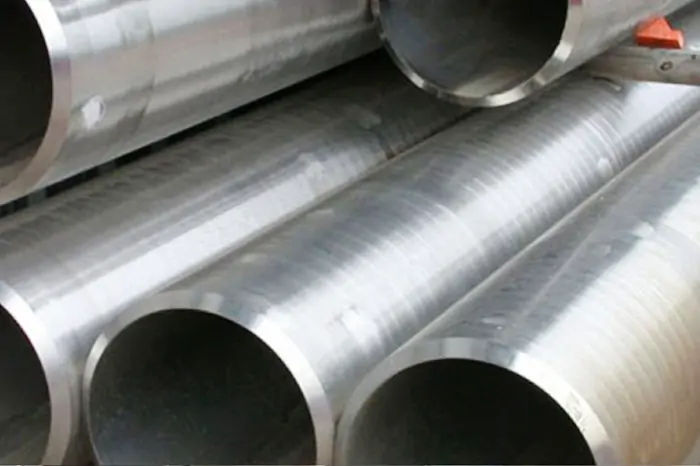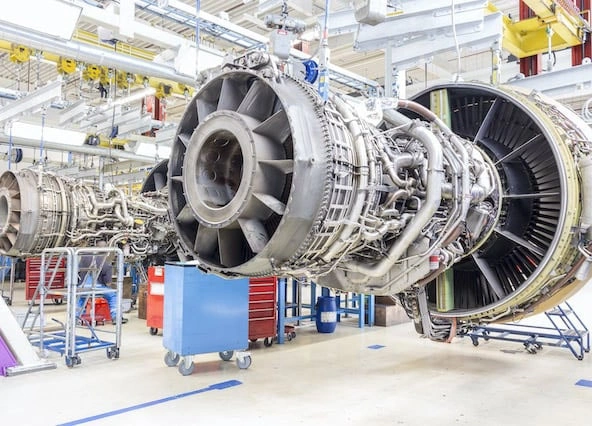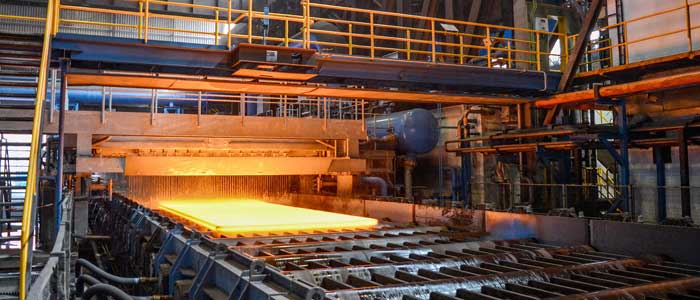The quest for materials that can withstand harsh environments has led to the development of innovative solutions in the field of metallurgy. High Entropy Alloys (HEAs) have emerged as frontrunners in this endeavor, particularly for their corrosion resistance properties. This review explores the fundamental aspects and advancements in the realm of corrosion-resistant high entropy alloys.
High Entropy Alloys are unique in that they consist of five or more principal elements mixed in near-equiatomic ratios. This composition results in a single solid solution rather than multiple phases, which is typical in traditional alloys. The multi-principal element approach offers a versatile platform for tailoring material properties, particularly enhancing corrosion resistance.
Corrosion Resistance in HEAs
Corrosion resistance in HEAs is attributed to their unique microstructure and phase stability. The complex mix of elements creates a uniform distribution of atoms, which reduces the likelihood of corrosion pathways. This makes HEAs particularly suitable for applications in marine environments, chemical processing, and other industries where materials are subjected to corrosive agents.
Advancements in HEA Technology
Recent advancements in HEA technology focus on optimizing the alloy composition to maximize performance. Researchers are employing computational methods to predict the behavior of different element combinations. This predictive approach accelerates the discovery of new HEA compositions that offer superior corrosion protection.
Applications of Corrosion-Resistant HEAs
The application of corrosion-resistant HEAs spans various industries. In the aerospace sector, these alloys are used to manufacture components that must endure extreme conditions. In the energy sector, HEAs serve as crucial materials in the construction of power plants, where they are exposed to high temperatures and corrosive environments.
Challenges and Future Directions
Despite their promising properties, the widespread adoption of HEAs faces challenges, particularly in terms of cost and manufacturability. The development of cost-effective production methods and a deeper understanding of their mechanical properties are areas of ongoing research. The future of HEAs looks promising, with potential breakthroughs in alloy design and processing techniques on the horizon.
Conclusion
Corrosion-resistant high entropy alloys represent a significant leap forward in materials science. Their unique properties and the ongoing advancements in alloy technology make them a viable option for a variety of demanding applications. As research continues, these materials are poised to redefine standards in corrosion protection and performance.
By exploring the potential of HEAs, industries have the opportunity to enhance the durability and longevity of their products, ultimately leading to greater efficiency and cost savings. The continued study and development of these advanced alloys promise a robust future for corrosion-resistant materials.









